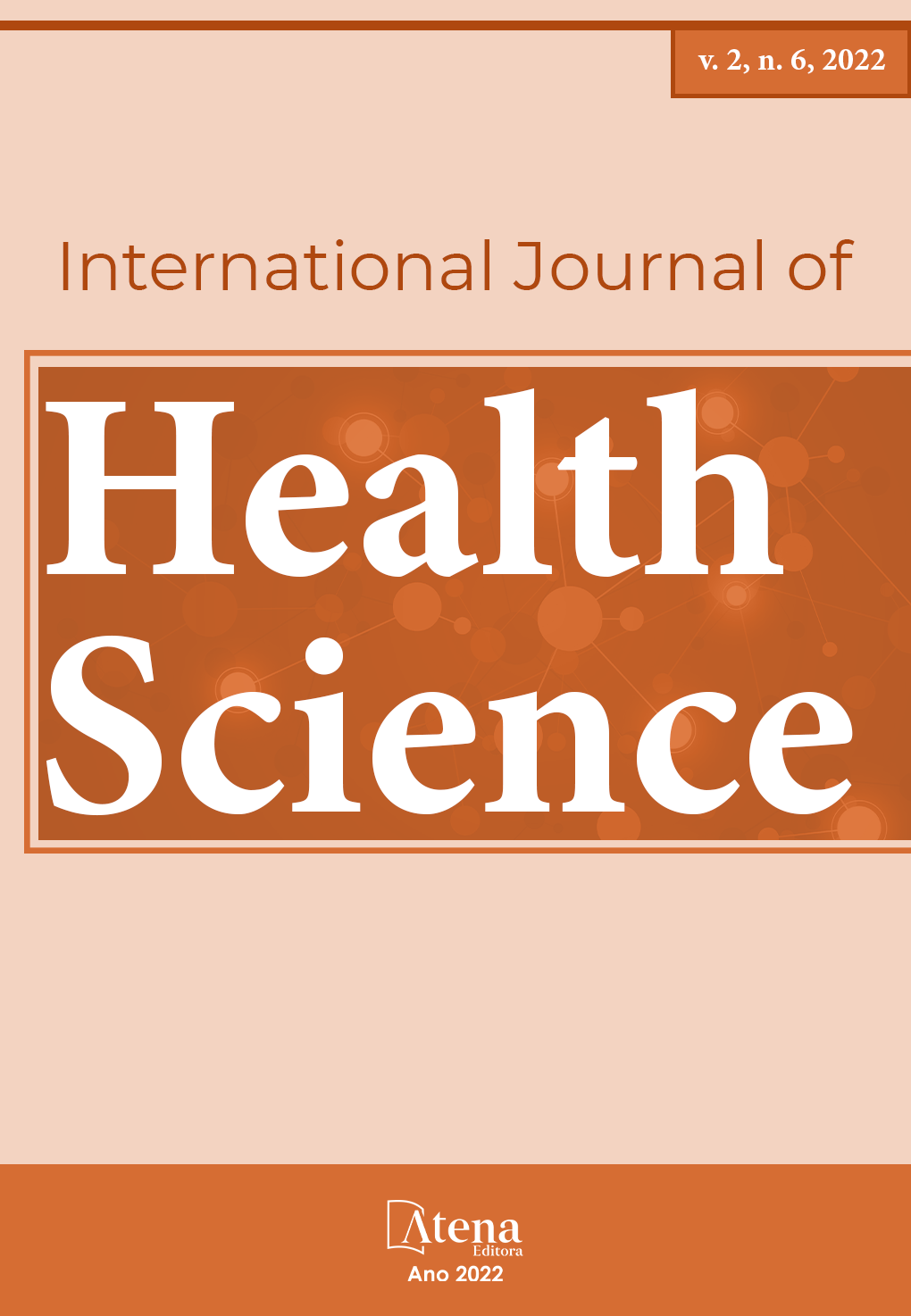
IMPORTANCE OF THE sFlt-1/PlGF RATIO IN THE EARLY IDENTIFICATION OF PREECLAMPSIA
INTRODUCTION: Preeclampsia is a multisystem disorder that occurs during pregnancy, mainly characterized by the onset of hypertension and proteinuria after 20 weeks of gestation. This condition affects 3 to 7% of pregnant women and involves changes that lead to high morbidity and mortality in the mother and newborn. For this reason, science has focused attention on the ratio between the placental biomarkers soluble Fms-like tyrosine kinase-1 (sFlt-1) and placental growth factor (PlGF) in their ability to predict preeclampsia - objective of the current study. METHODS: The work in focus is a literature review. The extraction of information was performed through articles from the VHL and PubMed databases. The research obtained 916 articles during the period from 2001 to 2020, of which 7 were selected. RESULTS: Numerous experimental and clinical results, according to the researched articles, suggest that an imbalance in factors, increasing sFlt-1 and reducing PlGF, are associated with a higher risk of developing the disease. In addition, sFlt-1/PlGF tests have substantially reduced the time to clinical confirmation of preeclampsia and subsequent adverse maternal and perinatal outcomes. To predict the development of PE in the 1st trimester of pregnancy, both sFlt1 and PlGF have shown low specificity and sensitivity if used as predictors of PE in the 1st trimester, in isolation. Following the success of aneuploidy screening, several authors have sought to improve the predictive value in the 1st trimester through the development of combined models. In the following semesters, a large part of the evidence has focused on the usefulness of PlGF and the sFlt1/PlGF ratio in the 2nd and 3rd trimester of pregnancy, with promising results regarding its predictive capacity, particularly in cases of early PE. CONCLUSION: The sFlt-1/PlGF ratio is undoubtedly a good predictive marker for PE and other conditions associated with this disease. However, in the context of implementation for screening, it is valid to have new scientific studies that specify the real impact of this modification on the current protocol.
IMPORTANCE OF THE sFlt-1/PlGF RATIO IN THE EARLY IDENTIFICATION OF PREECLAMPSIA
-
DOI: 10.22533/at.ed.159262211022
-
Palavras-chave: SFLT-1, PIGF, Diagnosis, Preeclampsia.
-
Keywords: SFLT-1, PIGF, Diagnosis, Preeclampsia.
-
Abstract:
INTRODUCTION: Preeclampsia is a multisystem disorder that occurs during pregnancy, mainly characterized by the onset of hypertension and proteinuria after 20 weeks of gestation. This condition affects 3 to 7% of pregnant women and involves changes that lead to high morbidity and mortality in the mother and newborn. For this reason, science has focused attention on the ratio between the placental biomarkers soluble Fms-like tyrosine kinase-1 (sFlt-1) and placental growth factor (PlGF) in their ability to predict preeclampsia - objective of the current study. METHODS: The work in focus is a literature review. The extraction of information was performed through articles from the VHL and PubMed databases. The research obtained 916 articles during the period from 2001 to 2020, of which 7 were selected. RESULTS: Numerous experimental and clinical results, according to the researched articles, suggest that an imbalance in factors, increasing sFlt-1 and reducing PlGF, are associated with a higher risk of developing the disease. In addition, sFlt-1/PlGF tests have substantially reduced the time to clinical confirmation of preeclampsia and subsequent adverse maternal and perinatal outcomes. To predict the development of PE in the 1st trimester of pregnancy, both sFlt1 and PlGF have shown low specificity and sensitivity if used as predictors of PE in the 1st trimester, in isolation. Following the success of aneuploidy screening, several authors have sought to improve the predictive value in the 1st trimester through the development of combined models. In the following semesters, a large part of the evidence has focused on the usefulness of PlGF and the sFlt1/PlGF ratio in the 2nd and 3rd trimester of pregnancy, with promising results regarding its predictive capacity, particularly in cases of early PE. CONCLUSION: The sFlt-1/PlGF ratio is undoubtedly a good predictive marker for PE and other conditions associated with this disease. However, in the context of implementation for screening, it is valid to have new scientific studies that specify the real impact of this modification on the current protocol.
-
Número de páginas: 8
- Michelle Fontes Sobral de Oliveira Costa
- Mariana Sprakel dos Santos
- Marina Prado Santos Sobral
- Ana Carolina Oliveira Santos Gonçalves
- Jully Cristina Vilar Barboza
- Mariana Dantas Mota
- Marcela Violeta Barreto Pinto
- Isadora Vieira Carozo
- Delza Correia Lima
- Bruno José Santos Lima
- Rafael da Silva Lemos
- Ayla Gabriella Silva Ribeiro


